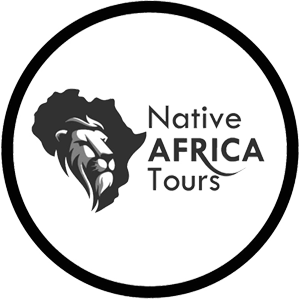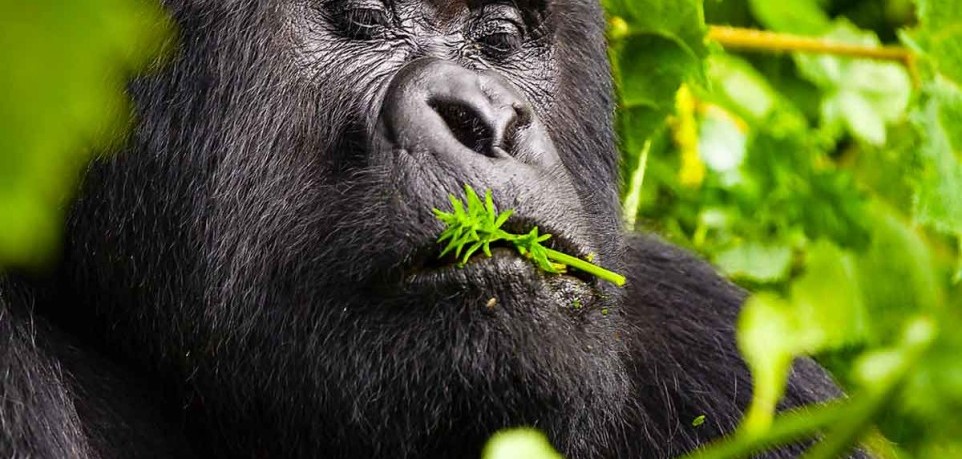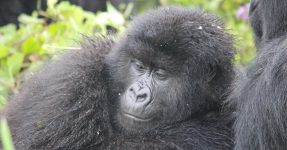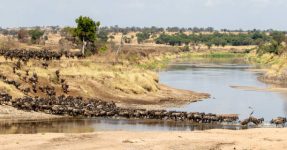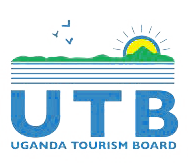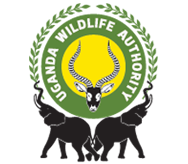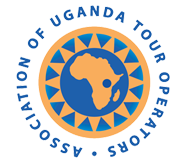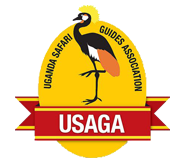Uganda Gorilla Trekking in Rainy Season: Uganda is unique in its own right, hosting lots of beautiful attractions that any traveler will enjoy while visiting Africa. It is among the East African countries with a lot of adventurous activities, both soft and hard. Among the experiences or activities is gorilla trekking, which is done in only two national parks (Mgahinga National Park, located in the Virunga mountain ranges with one habituated gorilla family, and Bwindi National Park, located adjacent to the foothills of the Virunga mountain ranges with 21 habituated gorilla families).
Gorilla trekking in Uganda is a once-in-a-lifetime experience, and while many travelers prefer the dry months for their expeditions, exploring during the rainy season offers its unique charm. This article delves into what you can expect when trekking for gorillas in Uganda’s lush, green landscapes during the rainy season.
What is gorilla trekking?
Gorilla trekking means the activity of walking in the jungle in search of the rare apes also called primates in the tropical jungle of Africa which is their natural habitat, spending an hour in their presence watching keenly their movements, behaviors and characters, taking memorable photos at a given distance and the overall experience can last for 2 to 8 hours and this depends on the where the gorilla trekked can be located. Gorillas live in groups of about 2 to 30 individuals, each group being headed by the silverback, which is the alpha male. The silverback plays a big role, such as finding food, mating with female gorillas, protecting the group, and many more.
Different species of gorilla merge to form subspecies, and in Uganda, we have a subspecies that is called the mountain gorilla. As the name suggests, they live in mountains at an altitude of 8,000 to 13,000 feet above sea level, and their long and thick fur that protects them from the cold allows them to live at high altitudes. Trekking the mountain gorillas in Bwindi and Mgahinga National Parks requires one to be physically fit, and this calls for preparation in advance since there is a lot of hiking and walking long distances.
Understanding Gorilla trekking in the Rainy Season
Uganda experiences two main rainy seasons: March to May and October to November. While these months bring occasional downpours, they also transform the landscape, making it vibrant and rich in biodiversity. Here’s what you need to know;
Gorillas can trek in the rainy season, and this has advantages and disadvantages, which are: during the wet season, tourists are interested in trekking, the mountain gorilla is less and, which means that you can choose any gorilla family you are interested in. Also, during the rainy season, trekkers find it easy to meet the gorillas since they stay at one point due to plenty of food not like in the dry season when they move to distant areas in search of food.
In addition, during the rainy season/low season, some accommodation facilities give offers and discount rates, and for budget tourists, this is the best time to travel. The gorilla trekking permits remain constant, and the price cuts across to either budget or luxury travelers, which means that a budget tourist can save on accommodation to be able to visit these gentle giants. Also, you cannot be disappointed when you book gorilla trekking permits in the same month of trekking, since the permits are in low demand compared to the dry season, when you are advised to book your permit at least 3 months before the day of trekking.
One and the most disadvantage is that, during the rainy season, the trails are impassable because they are muddy and slippery hindering the movement of tourists to penetrate the mountainous jungles where gorillas are located. Mountain gorillas live in higher elevations which receive 1000 to 2000 mm of rain per year.
Advantages of Trekking in the Rainy Season
Fewer Tourists: The rainy season sees fewer visitors, allowing for a more intimate experience with nature and the gorillas.
Lush Scenery: The forests are at their most beautiful, with lush greenery and blooming flowers, enhancing your trekking experience.
Active Wildlife: Many animal species are more active during the wet months, giving you a chance to see a variety of wildlife.
Challenges to Consider
While trekking in the rain can be rewarding, it comes with its challenges:
Muddy Trails: Hiking in wet conditions can be slippery and challenging. Proper footwear is essential.
Unpredictable Weather: Rain can be sudden and heavy, so being prepared with waterproof gear is crucial.
Limited Visibility: Fog and mist can obscure views, but this adds a mystical ambiance to your trek.
Preparing for Your Trek
What to Pack
To ensure a successful trekking experience during the rainy season, consider packing the following:
Waterproof Hiking Boots: Sturdy boots will help navigate muddy paths effectively.
Rain Gear: A good quality rain jacket and pants are essential to stay dry.
Quick-Dry Clothing: Lightweight, moisture-wicking fabrics will keep you comfortable.
Insect Repellent: Protect yourself from mosquitoes and other insects commonly found in the forest.
Choosing the Right Time
The best time for gorilla trekking during the rainy season is usually in the early mornings. Typically, rain tends to be lighter in the morning, allowing for better trekking conditions.
The Trekking Experience
Once you’re prepared and your permits are secured, your adventure begins. Here’s what to expect:
Early Start: Begin your day early to capitalize on the calmer morning weather.
Briefing: Your guide will provide important information about the trek and safety protocols.
The Hike: Trekking through Bwindi Impenetrable National Park or Mgahinga Gorilla National Park, you’ll encounter stunning flora and possibly additional wildlife.
Gorilla Encounter: Upon finding a gorilla family, you’ll enjoy a one-hour observation period, which can be incredibly rewarding, especially in the lush, green surroundings.
Additional Activities
Consider complementing your gorilla trekking experience with other activities:
Bird Watching: The rainy season brings many migratory birds, making it a great time for bird enthusiasts.
Cultural Experiences: Engage with local communities and learn about their customs and traditions.
Nature Walks: Explore the vibrant landscapes through guided walks that offer insights into the local ecology.
Conclusively, Mountain gorillas can be trekked throughout the year, but the best time is during the dry season from June to September and December to February. Trekking mountain gorillas in Uganda needs a lot of preparation in advance, and having proper hiking equipment like gum boots, rain jackets or coats, insect repellent, long-sleeved clothing, garden gloves to protect you from hand scratches, a walking stick, and enough drinking water with an energy-giving snack.
